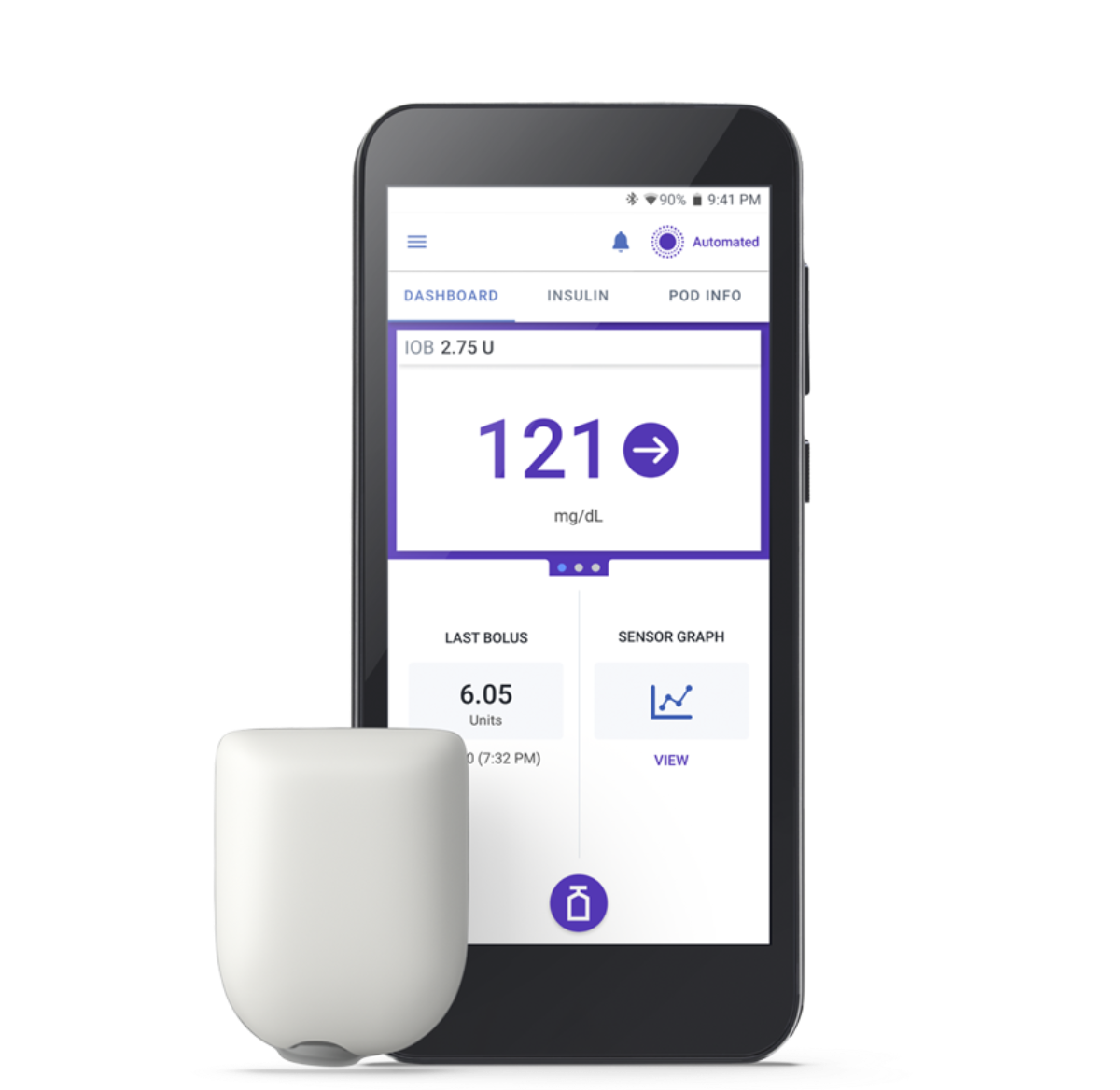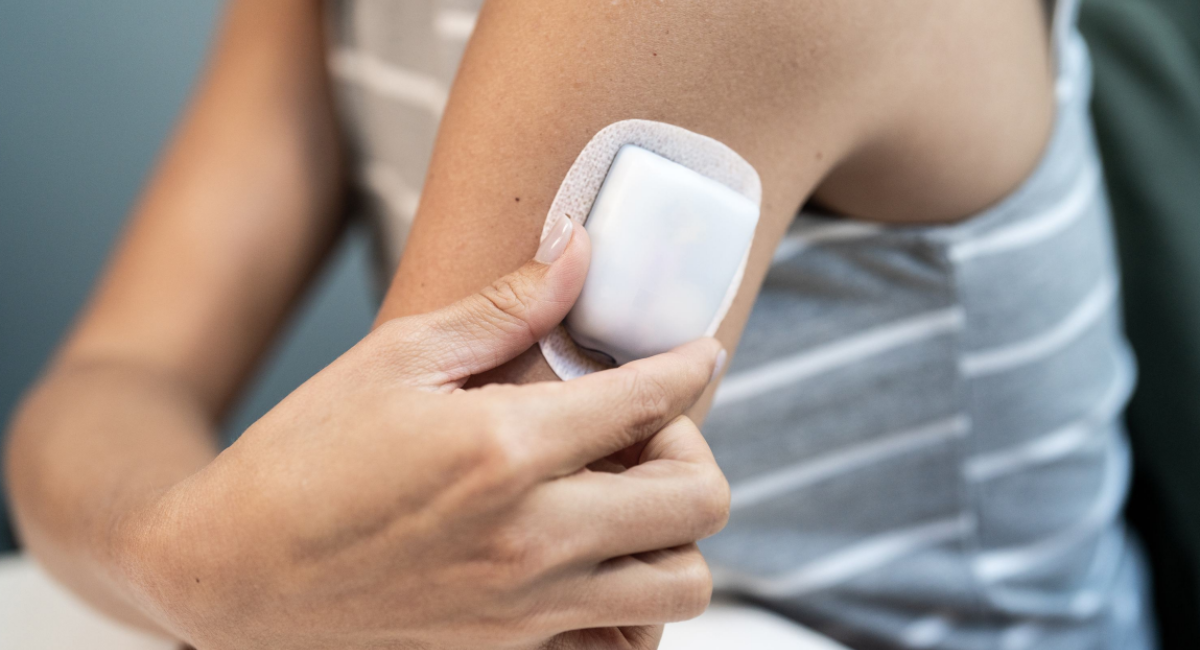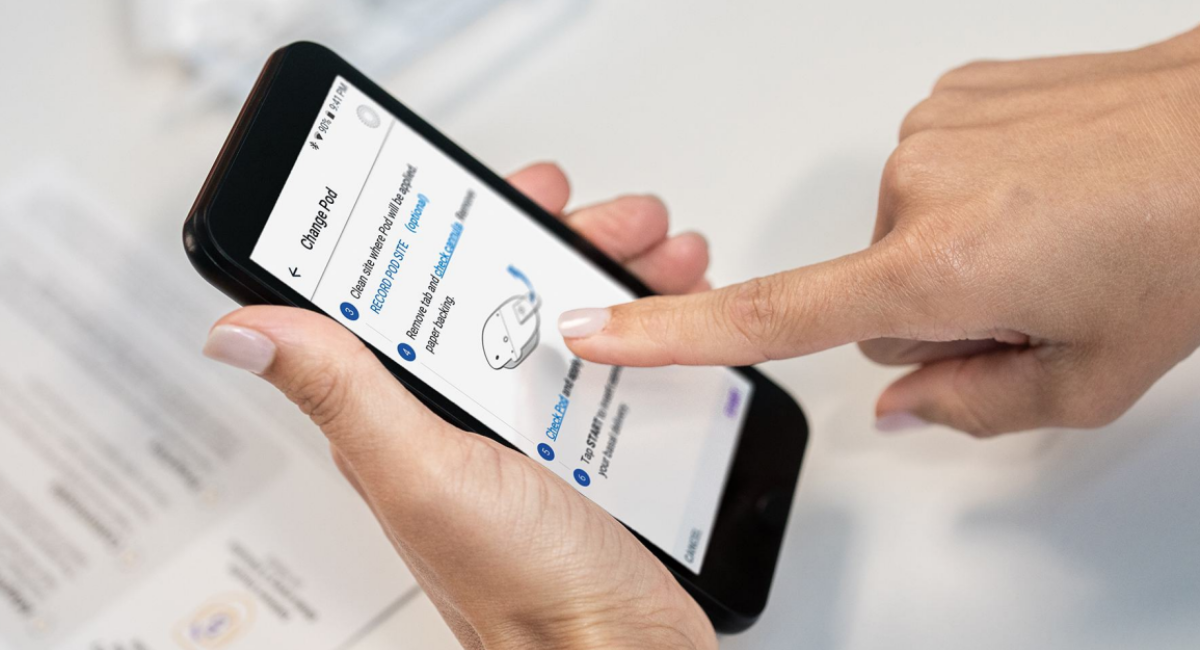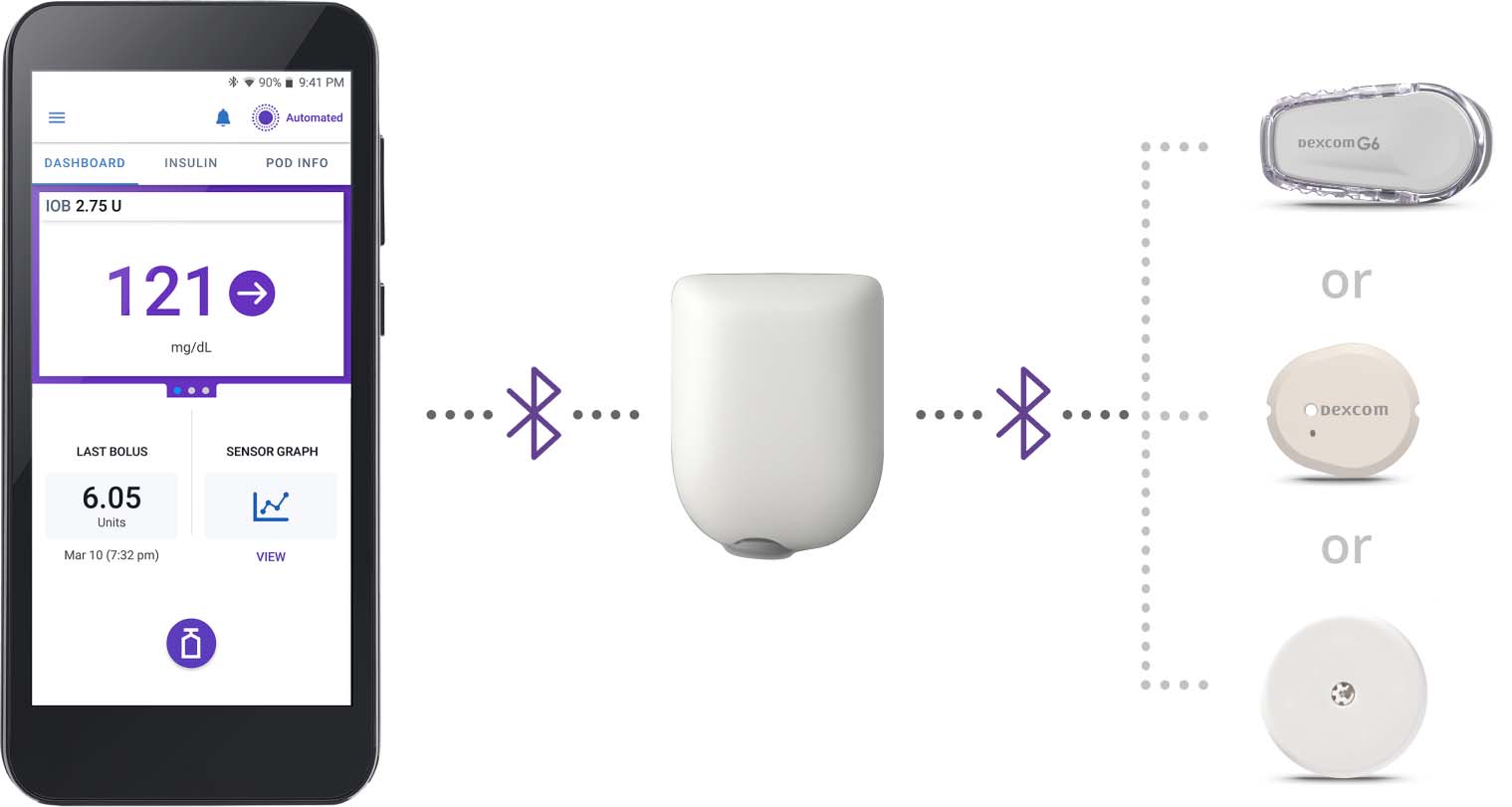Omnipod 5® is Covered by Medicare part D



#1 Prescribed Automated Insulin Delivery System1
Omnipod 5 provides automated insulin delivery for up to 3 days (72 hours) without multiple daily injections*.
The system proactively helps to correct highs, protect from lows, and has been shown to lower A1c2-4 so you can spend more time living life and less time thinking about diabetes.
Get to know the Omnipod 5 System


The Pod
Wearable and waterproof**—sits right on your body
- Easy to apply—fill the Pod with up to 200 units of U-100 rapid acting insulin and place it almost anywhere you would give an injection
- The small flexible cannula inserts automatically just under the skin, you'll never see it and barely feel it
- Discreet and durable, it's small enough to be worn under clothing—about half the size of a credit card


The Omnipod 5 App
Makes insulin delivery look like sending a text
- Use a compatible smartphone† or the Insulet provided Controller to control the App
- Includes features like SmartBolus Calculator, Activity feature, and Custom Foods
- Displays glucose and insulin information so you can easily access your data
A Phone Call Away
Insurance can be confusing. Let us help. Our no pressure, Omnipod Specialists will take the time to explain how Omnipod 5 works and share insights on best practices for navigating Medicare part D. They can even help with questions on copays, costs and how to get a prescription.


How Omnipod 5 Works
The small Pod paired with your Continuous Glucose Monitor (Sensor) are both working in the background to automatically adjust insulin delivery day and night.2-4 Their main job is to keep you in range. Here is how:
Predicts future glucose levels up to 60 minutes ahead using your CGM sensor value and trend.
Adjusts insulin delivery based on a customizable target, ranging from 110 mg/dL-150 mg/dL.
Automatically increases, decreases or pauses insulin every 5 minutes.
Mealtime insulin doses are as simple as a tap on your Controller or compatible smartphone.†
Get the full experience with a CGM sensor


In continuous communication, your Continuous Glucose Monitor (CGM) sensor sends glucose values and trends to the Pod to help the system make automated insulin delivery decisions. Omnipod 5 pairs with the Dexcom G6, Dexcom G7, and FreeStyle Libre 2 Plus Sensor.
Real people, real stories
“I am probably the furthest thing from tech savvy. Omnipod 5 is so easy to use. The Controller or App on my smartphone† basically walks me through everything I need to do.”
Milli
Omnipod 5 User
Ways To Learn More
Call Us – Let's Talk.
Representatives available to talk between 9am – 9pm, Eastern time, Monday through Friday.
We Will Call You.
Click to provide a call back number. Tip: Our caller ID will say “Insulet maker of Omnipod” on your phone so you know it’s safe to pick up and answer.
Free Benefits Check
We can check your coverage so you know what your copay will be. Click to get started.
Looking for More Medicare Information?
We encourage you to do your own Medicare research to not only find a plan that works best for your needs but how to leverage the new Federal changes to your benefit.


*The Omnipod 5 Pod is tubeless and waterproof, designed to hold up to 200 units of insulin and replaces an average of 14 injections delivering insulin for up to 72 hours.
**The Pod has an IP28 rating for up to 25 feet for 60 minutes. The Controller is not waterproof.
†For a list of compatible smartphone devices visit omnipod.com/compatibility.
1. USA 2024, Data on file.
2. Brown S. et al. Diabetes Care (2021). Study in 240 people with T1D aged 6 - 70 years involving 2 weeks standard diabetes therapy followed by 3 months Omnipod 5 use in Automated Mode. Average time with high blood glucose in adults/adolescents and children, standard therapy vs 3-month Omnipod 5: 32.4% vs. 24.7%; 45.3% vs. 30.2%. Average time with low blood glucose in adults/adolescents and children, standard therapy vs 3-month Omnipod 5: 2.9% vs. 1.3%; 2.2% vs. 1.8%. Average A1c in adults/adolescents and children, standard therapy vs. Omnipod 5 = 7.16% vs 6.78%; 7.67% vs 6.99%. Average time in Target Glucose range (from CGM) for standard therapy vs Omnipod 5 in adults/adolescents and children = 64.7% vs. 73.9%; 52.5% vs. 68.0%.
3. Sherr JL, et al. Diabetes Care (2022). Study in 80 people with T1D aged 2 - 5.9 yrs involving 2 weeks standard diabetes therapy followed by 3 months Omnipod 5 use in Automated Mode. Average time with high blood glucose in very young children, standard therapy vs 3-month Omnipod 5: 39.4% vs. 29.5%. Average time with low blood glucose in very young children, standard therapy vs 3-month Omnipod 5: 3.43% vs. 2.46%. Average A1c in standard therapy vs. Omnipod 5 = 7.4% vs. 6.9%. Average time in Target Glucose range (from CGM) for standard therapy vs Omnipod 5 = 57.2% vs. 68.1%.
4. Pasquel FJ, et al. JAMA Network Open (2025). Prospective pivotal trial in 305 participants with T2D aged 18-75 yrs. Study included a 14-day standard therapy (ST) phase followed by a 13-week Omnipod 5 hybrid closed-loop phase. Mean time >180 mg/dL as measured by CGM: ST = 54%, 3-mo Omnipod 5 = 34%, P<0.001. Mean time <70 mg/dL as measured by CGM: ST = 0.2%, 3-mo Omnipod 5 = 0.2%. Mean HbA1c: ST vs. 13-week Omnipod 5: 8.2% vs. 7.4%, P<0.001. Mean time in range (70-180 mg/dL): ST vs. 13-week Omnipod 5: 45% vs. 66%, P<0.001.
The Omnipod® 5 Automated Insulin Delivery System is indicated for use by individuals with type 1 diabetes mellitus in persons 2 years of age and older and individuals with type 2 diabetes ages 18 years and older. The Omnipod 5 System is intended for single patient, home use and requires a prescription. The Omnipod 5 System is compatible with the following U-100 insulins: NovoLog®, Humalog®, and Admelog®.
Refer to the Omnipod 5 Automated Insulin Delivery System User Guide and www.omnipod.com/safety for complete safety information including indications, contraindications, warnings, cautions, and instructions. Warning: DO NOT start to use the Omnipod 5 System or change settings without adequate training and guidance from a healthcare provider. Initiating and adjusting settings incorrectly can result in over-delivery or under-delivery of insulin, which could lead to hypoglycemia or hyperglycemia. WARNING: Do not use SmartAdjust™ technology for people under the age of 2 or who require less than 5 U of insulin per day.